What Are Dslr Lens Filters For ?
DSLR lens filters are used to modify the light that enters the camera lens. They can be used for a variety of purposes, such as reducing glare, enhancing colors, or protecting the lens from scratches and dust. Some common types of filters include polarizing filters, UV filters, neutral density filters, and color filters. Polarizing filters are used to reduce reflections and glare, while UV filters are used to block ultraviolet light and protect the lens from damage. Neutral density filters are used to reduce the amount of light that enters the lens, allowing for longer exposure times or wider apertures. Color filters are used to enhance or change the colors in a photograph. Different filters can be combined to achieve different effects, and they can be easily attached and removed from the lens.
1、 UV Filters for Lens Protection
UV filters for lens protection are one of the most common types of DSLR lens filters. These filters are designed to block ultraviolet light, which can cause hazy and blurry images, especially in outdoor photography. However, in recent years, there has been some debate about the effectiveness of UV filters for lens protection.
Some photographers argue that modern camera lenses are already coated with UV protection, making additional filters unnecessary. Others argue that UV filters can actually degrade image quality by introducing unwanted reflections and reducing contrast. However, many photographers still choose to use UV filters as a precautionary measure to protect their expensive lenses from scratches, dust, and other potential damage.
In addition to UV filters, there are many other types of DSLR lens filters available, each with its own unique purpose. For example, polarizing filters can help reduce glare and improve color saturation, while neutral density filters can be used to reduce the amount of light entering the lens, allowing for longer exposures or wider apertures in bright conditions.
Ultimately, the decision to use a DSLR lens filter comes down to personal preference and the specific needs of the photographer. While some may argue that UV filters are unnecessary, others may find them to be a valuable tool for protecting their lenses and improving image quality.

2、 Polarizing Filters for Reducing Glare and Reflections
DSLR lens filters are used to enhance the quality of photographs by modifying the light that enters the camera lens. These filters are designed to fit onto the front of the lens and can be easily removed or replaced as needed. One of the most popular types of DSLR lens filters is the polarizing filter.
Polarizing filters are used to reduce glare and reflections in photographs. They work by blocking certain types of light waves that cause these unwanted effects. This type of filter is particularly useful when photographing water, glass, or other reflective surfaces. By reducing glare and reflections, polarizing filters can help to create clearer, more vibrant images.
In addition to reducing glare and reflections, polarizing filters can also enhance the colors in a photograph. They can make blues appear deeper and greens more vibrant, for example. This effect is particularly noticeable in landscape photography, where polarizing filters can help to create stunning, vivid images.
Overall, polarizing filters are an essential tool for any photographer who wants to capture high-quality images. They are easy to use and can make a significant difference in the final result. With the latest advancements in technology, polarizing filters are becoming more advanced and effective than ever before, making them an even more valuable addition to any photographer's toolkit.
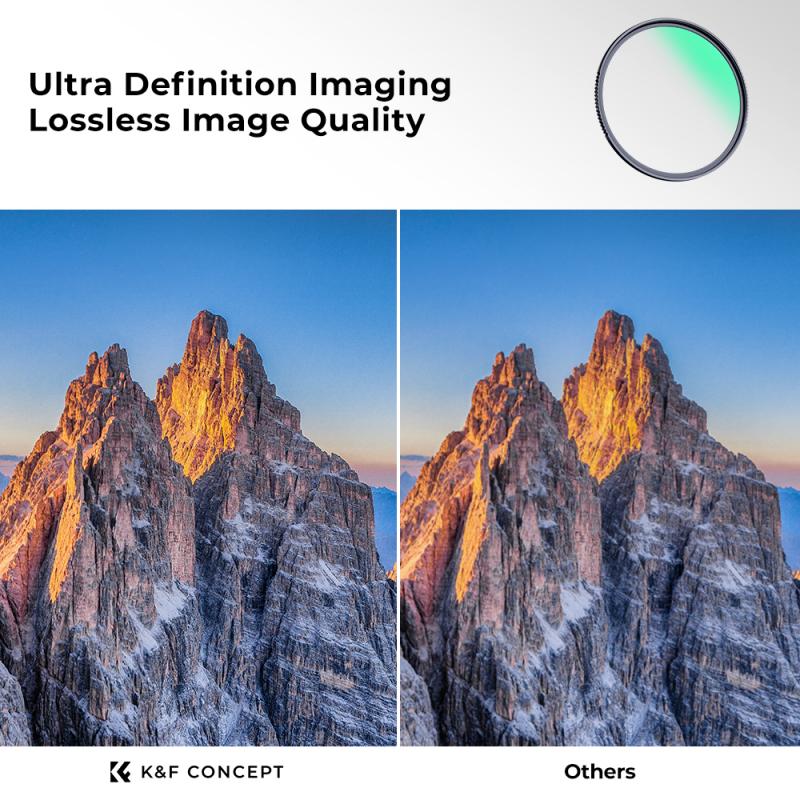
3、 Neutral Density Filters for Controlling Exposure
Neutral Density Filters for Controlling Exposure. DSLR lens filters are used to enhance the quality of photographs by controlling the amount of light that enters the camera lens. Neutral density filters are one of the most commonly used filters in photography. They are designed to reduce the amount of light that enters the camera lens without affecting the color or contrast of the image. This allows photographers to use slower shutter speeds or wider apertures in bright conditions, which can create a range of creative effects.
Neutral density filters are particularly useful for landscape and outdoor photography, where bright sunlight can cause overexposure and washed-out images. They can also be used to create motion blur effects in waterfalls, rivers, and other moving subjects. In addition, neutral density filters can be used to achieve shallow depth of field in bright conditions, which can create a beautiful bokeh effect.
The latest point of view on neutral density filters is that they are an essential tool for any serious photographer. With the ability to control exposure and create unique effects, neutral density filters can help photographers take their images to the next level. Whether you are a professional photographer or an amateur enthusiast, investing in a high-quality neutral density filter can help you achieve stunning results in your photography.

4、 Graduated Neutral Density Filters for Balancing Exposure in Landscapes
Graduated Neutral Density (ND) filters are a type of DSLR lens filter that are used to balance exposure in landscape photography. These filters are designed to reduce the amount of light that enters the camera lens, allowing photographers to capture a more balanced exposure in high-contrast scenes.
Graduated ND filters are particularly useful in landscape photography, where the sky is often much brighter than the foreground. By placing the filter over the lens, photographers can darken the sky while keeping the foreground properly exposed. This helps to create a more balanced and natural-looking image.
In recent years, there has been some debate about the usefulness of graduated ND filters, as many photographers now prefer to use digital post-processing techniques to achieve similar results. However, there are still many photographers who prefer to use physical filters, as they believe that this allows them to achieve a more natural-looking image with less post-processing required.
Overall, graduated ND filters are a useful tool for landscape photographers who want to capture a more balanced exposure in high-contrast scenes. While there are alternative techniques available, many photographers still prefer to use physical filters to achieve the desired effect.











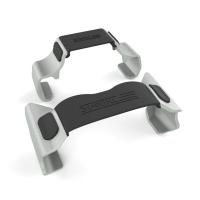

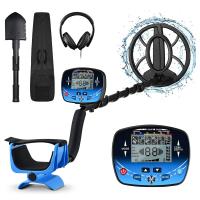
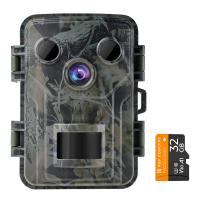
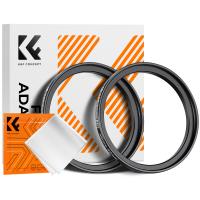
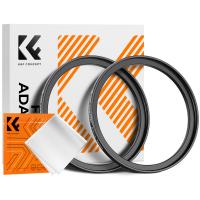
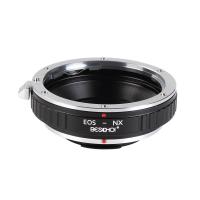
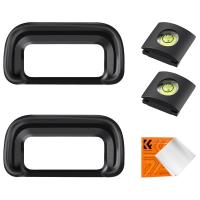


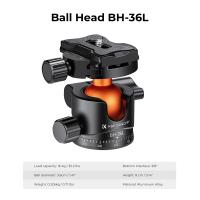

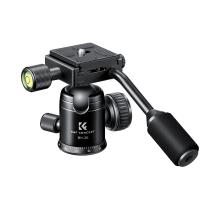


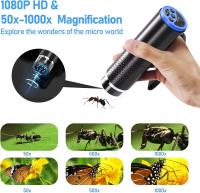
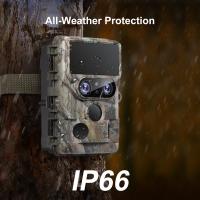


There are no comments for this blog.